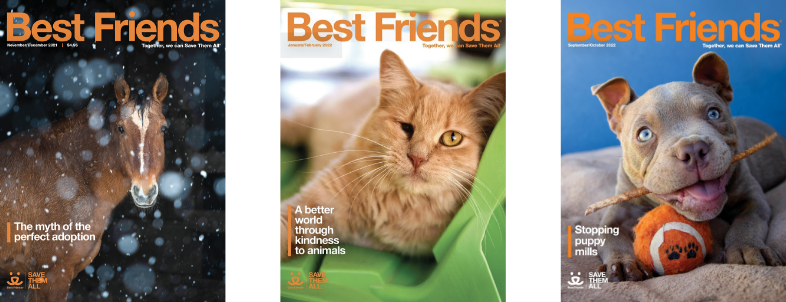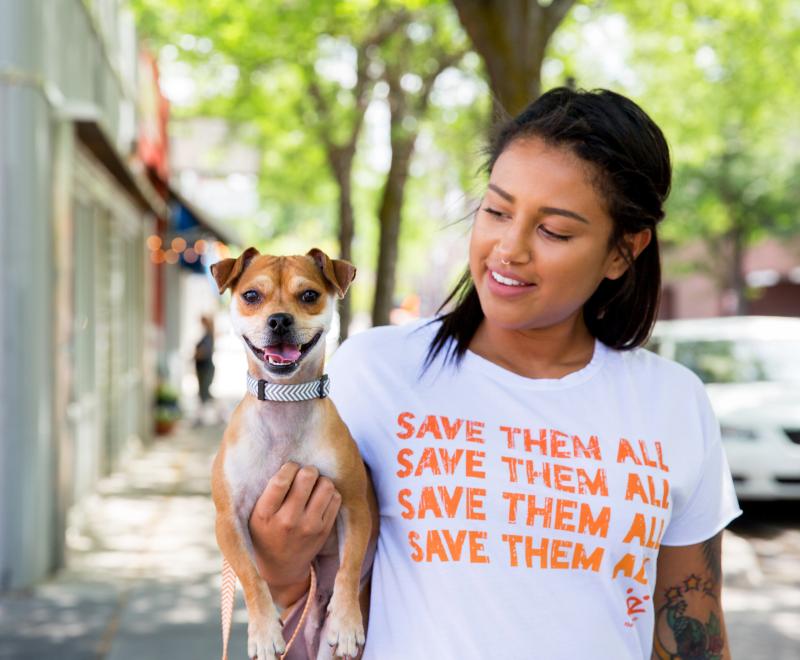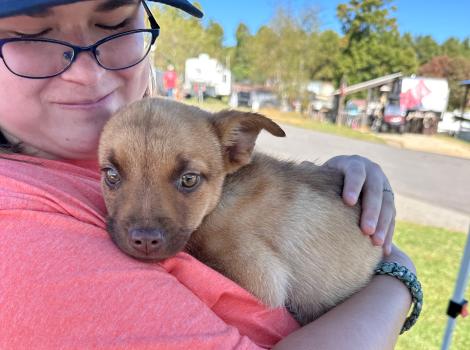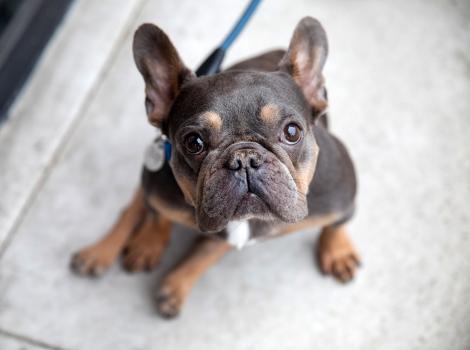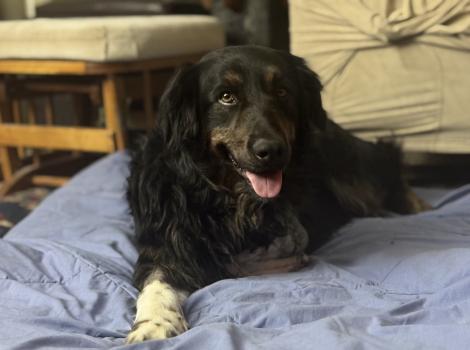Reflections on our relationship to pets
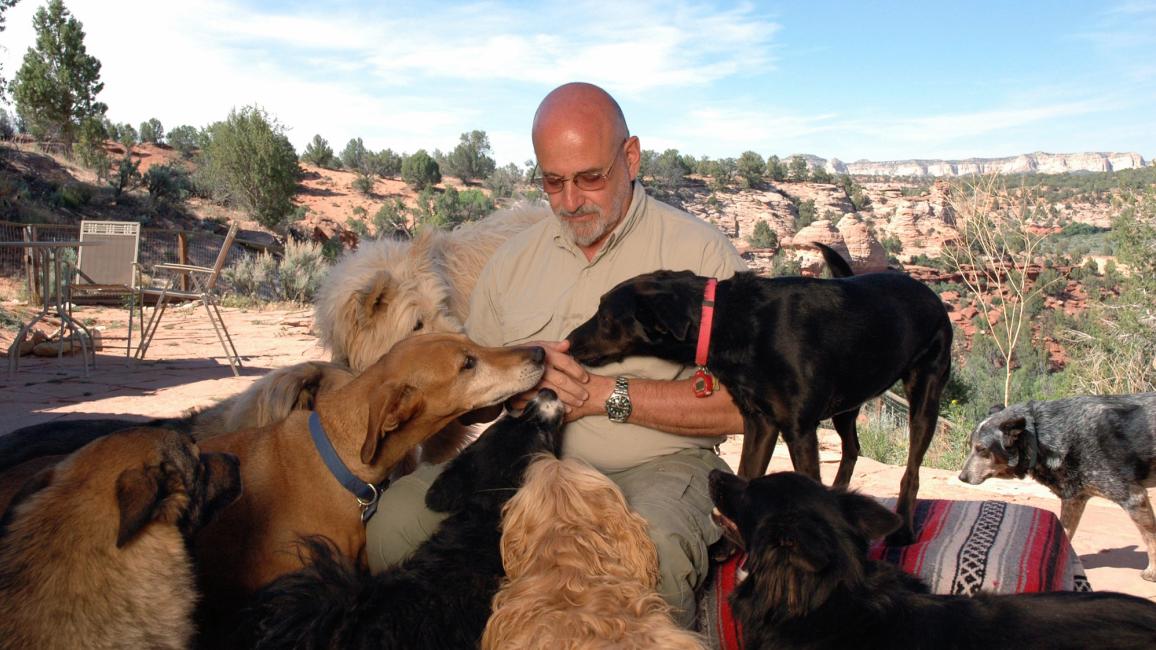
If you’ve ever moved house or moved out of your parents’ home to head out on your own, you will have gone through the shedding process of deciding which of your belongings to leave behind and which to bring to your new abode. Sometimes you just create accidental time capsules in boxes and bins stored in your folks’ basement or garage, or you spring for a storage unit, mainly to put off the thumbs-up, thumbs-down decision on your Little League trophy, scratched vinyl records, non-collectible comic books, CDs and, yes, computer discs. “Who knows, I might need this 10-pound hand drill with electrical tape wound around the cord that Gramps left when he passed in ’75. Waste not, want not.”
Sit tight — this is not about Marie Kondo or Swedish death cleaning. It’s about us and our animal friends.
Our shared history with dogs and cats
Humans have been moving house since we became a species, and now we’re everywhere! At each transition we have shed the past, retaining the essential tools, tech, ideas, and stories that frame our social order. One of the few components of our lives that have made the cut — cave to hut, farm to city, continent to continent, hunter/gatherer to digital nomad — is our animal companions. Wolf and dog remains have been found with those of humans in archeological sites dating to 33,000 years ago and distinctively as valued friends and pets in 15,000-year-old sites. Skeletons of old arthritic dogs with few teeth have been found in honored burials, indicating they were nursed and cared for into old age as valued members of a family.
[The evolution of Best Friends Animal Society]
The Odyssey, the ancient Greek poem dating back about 3,000 years, tells the story of King Odysseus of Ithaca, a Greek hero of the Trojan War, and his 10-year effort to return to his home city following the 10-year siege of Troy. After 20 years away, he is presumed dead. Upon his eventual return, learning of the state of affairs at his home, Odysseus disguises himself as a beggar to surprise his wife’s suitors and is unrecognized by even his closest old friend. The only one who recognizes him is his dog Argos, now neglected and dying. On hearing the voice of his long absent friend, lacking the strength to stand, Argos raises his head and wags his tail. Not willing to expose his true identity, Odysseus just walks by but sheds a secret tear as “Argos passed into the darkness of death, now that he had fulfilled his destiny of faith and seen his master once more after 20 years.” The inclusion of a vignette highlighting this unique relationship in a story older than the Bible says it all.
Cats joined the human parade more recently, with the rise of agricultural settlements some 10,000 years ago. They have likewise made the cut from ancient Egypt and Mesopotamia to the Manhattan high rise and the modern nomad’s RV.
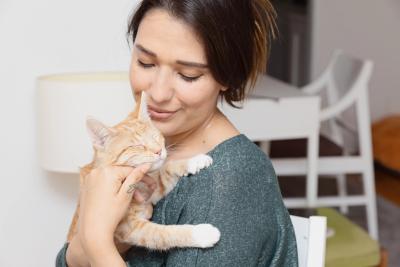
Bringing out the best in us
There are ample scientific studies that document our shared history with dogs and cats and their use as hunters, guardians, pack animals, mousers, and even as simply pets. But since I’m not pretending to be a scientist, I am free to extrapolate to explain how our attachment to our animal friends goes far beyond any utility. To me, it seems that the further removed we are from our primal human ancestors and nature, the more important the connecting threads to our past and these once wild companions becomes. Having a bit of the wolf and the wild cat around the house helps me see the world through other eyes.
There is some magic here as well. OK, maybe not magic but something very profound, and I believe it is important for us to be aware of it even if we will never entirely understand it.
Animals bring out the best in us; they connect us to the rest of the animal kingdom and the planet. They hold up a mirror to us if we are willing to look. My animal friends react negatively to all the things in myself that I want to be free of — anger, impatience, aggression — and they reinforce and respond positively to all the things I value — kindness, compassion, patience.
[Making a better world through kindness to animals]
I believe most folks understand that a relationship with a pet makes us better people — more of the person we aspire to be. Think of the qualities we most admire in others: Honesty, courage, loyalty, determination and commitment come immediately to mind. We elevate athletes to honored positions because of their speed, strength, grace, agility, and perseverance. It’s no surprise that these traits are what cats and dogs embody without effort.
Dr. Jane Goodall once pointed out to me that our preferred social order of cooperation and mutual support does not emulate our closest primate relatives, chimpanzees, who are competitive and quarrelsome. Rather, we aspire to the social order of wolves and wild African dogs, who share pup-raising duties, protect injured pack members, hunt cooperatively, and share resources — values that underpin functional human societies.
I believe, though, that the explanation for our long relationship with our animal companions goes to something more basic at the core of what we seek as sentient creatures. It’s one thing to have a dog or a cat around the house, but when you truly make contact and have the experience of interspecies connection and communication, it has the power to change you. And beyond that, when one of these remarkable individuals, whose worldview is shaped by all those sublime attributes mentioned above, accepts you not as a master or a resource, but as a friend on their own terms, that is beyond valuation.

The core of our mission
To me, that’s all the explanation needed to account for a relationship that spans the course of human history and shows no sign of burning out. It is also at the core of our mission to end the killing in shelters. To fail to honor this unique connection and allow animals to continue to be killed in shelters simply because they lack homes is a stain on our humanity. The organizational vision of Best Friends is “a better world through kindness to animals.” Our movement is based on kindness and compassion, not only for animals but for each other. Of course, we want to Save Them All because it’s the right thing to do and because we love and care about pets in shelters. But in the final analysis, I believe we will Save Them All because of how essential they are to our wholeness as human beings and how key they are to a balanced life.
There is no worthwhile future without kindness and compassion guiding the forces that are changing our world so rapidly. Not only do I believe that we can Save Them All, I believe that we must. The animals’ future and our own future depend on it.
When we save an animal, we save a piece of ourselves. When a community commits to no-kill, it becomes a better place for everyone living there because it declares itself to be in favor of life.
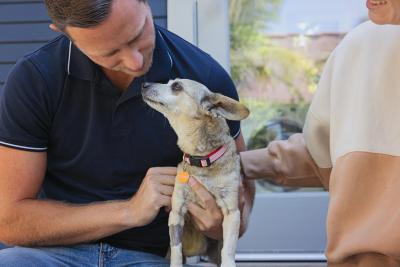
This article was originally published in the July/August 2024 issue of Best Friends magazine. Want more good news? Become a member and get stories like this six times a year.
Let's make every shelter and every community no-kill in 2025
Our goal at Best Friends is to support all animal shelters in the U.S. in reaching no-kill in 2025. No-kill means saving every dog and cat in a shelter who can be saved, accounting for community safety and good quality of life for pets.
Shelter staff can’t do it alone. Saving animals in shelters is everyone’s responsibility, and it takes support and participation from the community. No-kill is possible when we work together thoughtfully, honestly, and collaboratively.
